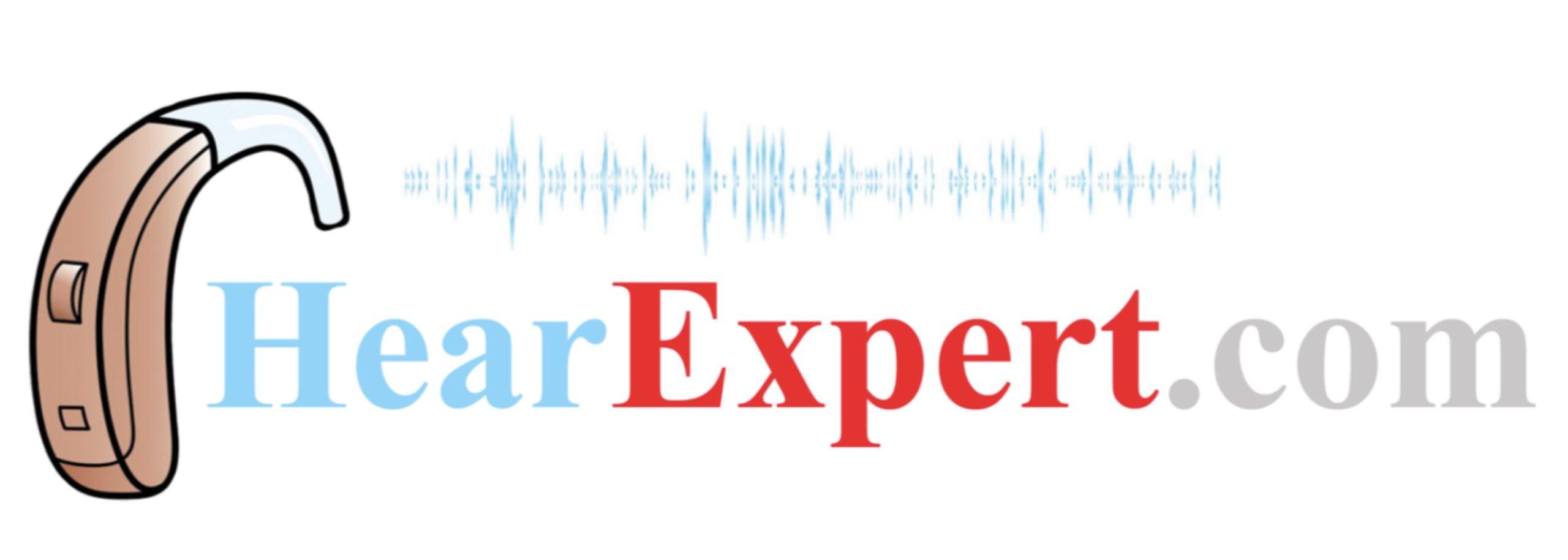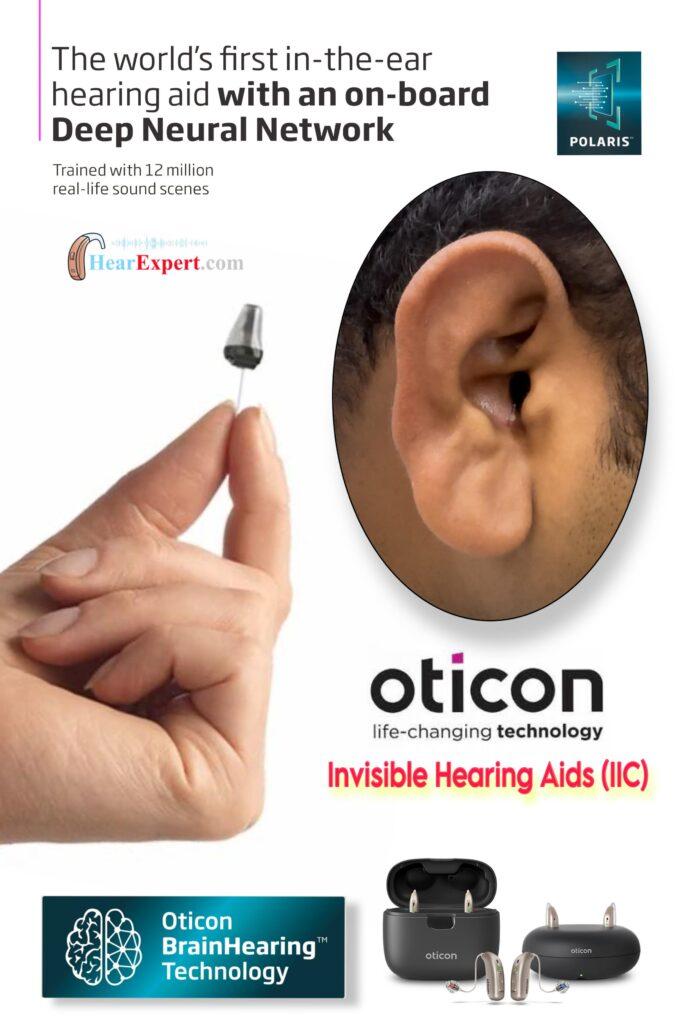Invisible Hearing Aids (IIC) represent the pinnacle of discreet hearing technology, offering powerful performance while remaining virtually undetectable to others. These sophisticated devices sit deep within the ear canal, delivering natural sound quality and eliminating the stigma often associated with more visible hearing aids. However, their placement deep within the ear canal creates unique maintenance challenges that require dedicated attention. The specialists at Hear Expert have compiled this comprehensive guide to help you maximize the performance and longevity of your IIC devices through proper care and maintenance.
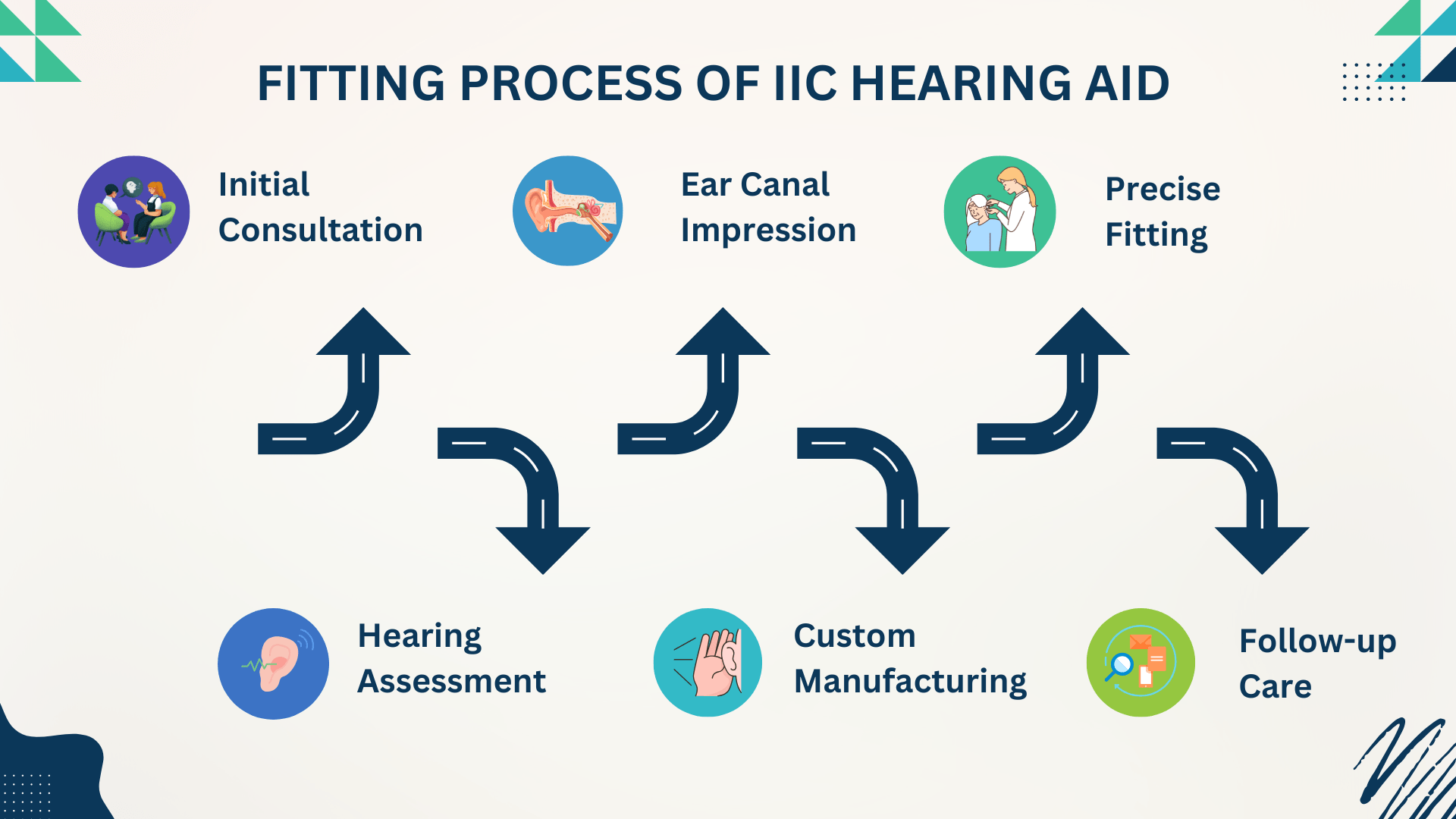
Understanding the Unique Vulnerability of IIC Devices
The very features that make IIC hearing aids appealing also create specific maintenance challenges. Their deep canal placement exposes them to:
- Higher levels of moisture from the ear canal environment
- Greater accumulation of cerumen (earwax)
- More challenging access for cleaning and maintenance
- Increased risk of debris obstruction in sound ports
- More complex removal and insertion processes
Understanding these vulnerabilities is the first step toward establishing an effective maintenance routine that protects your investment and ensures consistent performance.
Establishing Your Daily Cleaning Routine
Consistent daily maintenance forms the foundation of proper IIC hearing aid care. Each evening when you remove your devices, perform these essential steps:
- Gently wipe the entire device with a soft, dry cloth to remove moisture and debris
- Examine the sound port (where sound exits into your ear canal) for wax buildup
- Use the specialized brush provided by your audiologist to gently clean the microphone openings
- Check the vent channel (if present) for any obstructions
- Inspect the battery compartment for corrosion if using disposable batteries
This daily maintenance should take only a few minutes but pays significant dividends in device performance and longevity. Establishing a consistent routine—perhaps alongside other evening hygiene practices—helps ensure you never skip this critical care.
Remember that your hearing care professional at Hear Expert remains your most valuable resource for device-specific guidance and troubleshooting assistance. Regular follow-up appointments not only maintain your hearing aids but also allow for ongoing optimization of your hearing experience as your needs evolve.
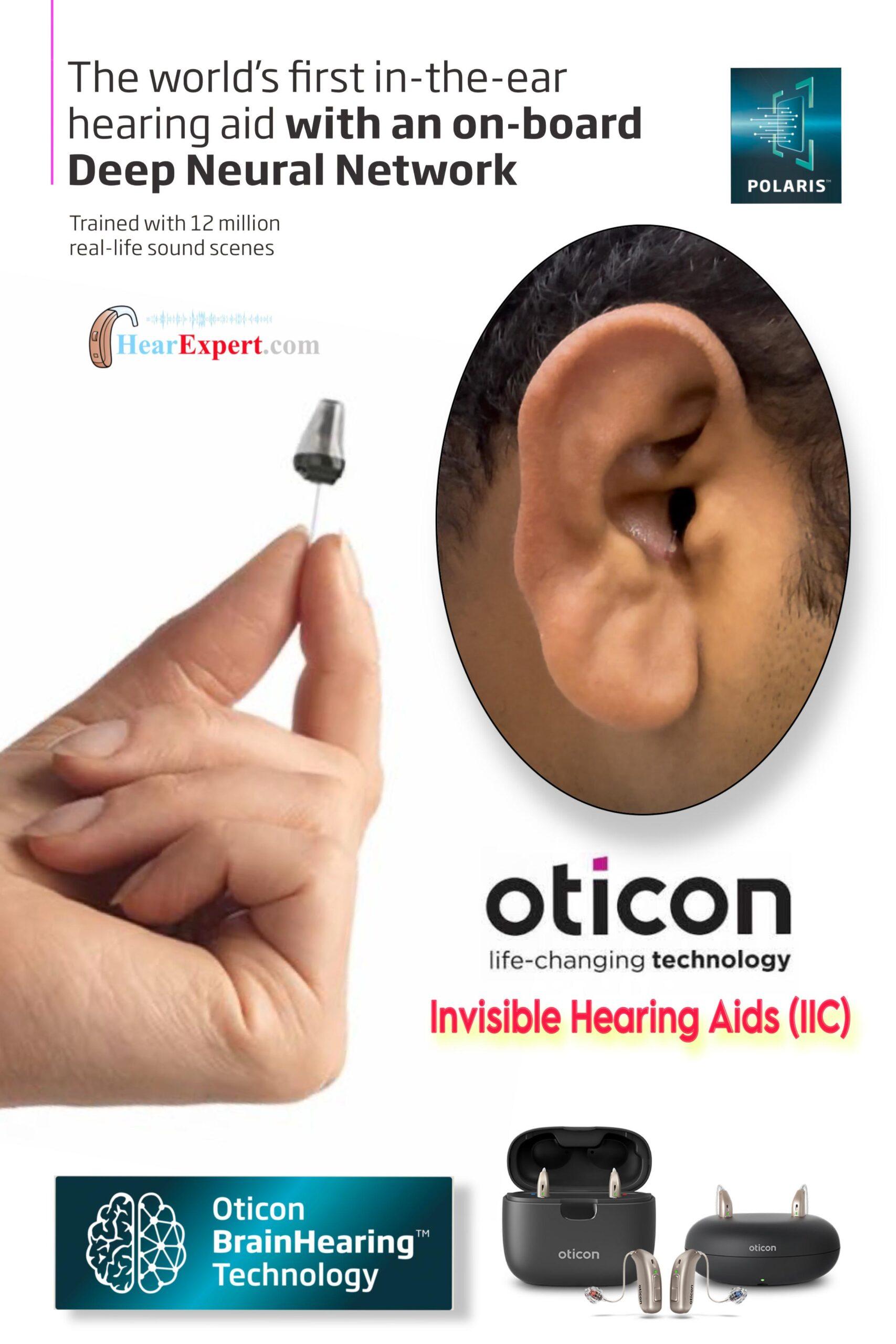
Mastering the Wax Management System
Cerumen (earwax) represents the primary threat to IIC hearing aid function. Most IIC devices incorporate specialized wax protection systems that require regular maintenance:
- Wax guards or filters typically need replacement every 2-4 weeks
- Some models use disposable wax caps that cover the receiver
- Others employ tiny mesh screens that prevent wax from entering internal components
Your audiologist will demonstrate the specific wax management system for your particular IIC model. Learning proper technique for replacing these components is essential, as improper installation can affect sound quality or potentially damage the device. Residents seeking professional guidance can visit specialists offering Hearing Aids In Balod, where experts provide personalized demonstrations of proper maintenance techniques and ensure you’re comfortable with the care routine specific to your IIC devices, helping preserve their functionality and extend their lifespan..
Pay particular attention to:
- Using the correct tool for your specific wax filter system
- Following the correct sequence of steps for replacement
- Properly disposing of used filters
- Maintaining an adequate supply of replacement filters
Many users find it helpful to schedule a specific day each month for wax filter replacement, ensuring this crucial maintenance task isn’t overlooked.
Managing Moisture—The Silent Threat
While less visible than earwax, moisture poses an equally serious threat to IIC hearing aid function. The warm, humid environment of the ear canal naturally exposes these devices to moisture, which can damage sensitive electronic components. Effective moisture management includes:
- Using a hearing aid dehumidifier (electronic or desiccant-based) every night
- Leaving the battery door open when devices are not in use (for non-rechargeable models)
- Considering specialized moisture-resistant coatings (available for some premium models)
- Using hearing aid sweatbands or protective covers during heavy physical activity
- Removing devices during showering, swimming, or in saunas
For those who perspire heavily or live in humid climates, electronic dehumidifiers with UV sanitizing functions offer superior protection against both moisture and bacteria. These devices typically operate on a 6-8 hour cycle, making them perfect for overnight use while you sleep.
Battery Management for Optimal Performance
IIC hearing aids use the smallest hearing aid batteries (typically size 10), which have shorter lifespans due to their diminutive size. Proper battery management ensures consistent performance:
- Always wash and dry hands before handling batteries
- Let new batteries “breathe” for one minute after removing the tab before insertion
- Store unused batteries at room temperature in their original packaging
- Never store batteries with metal objects like coins or keys
- Recycle used batteries according to local regulations
- Keep track of typical battery life to anticipate replacement needs
If your IIC devices are rechargeable, follow manufacturer guidelines for charging duration and frequency. Most modern rechargeable IICs should be placed in their charging unit nightly, regardless of whether the battery seems depleted.
Also Checkout IIC Hearing Aids and Active Lifestyles: What You Need to Know
Professional Maintenance Schedule
While daily home care forms the foundation of IIC maintenance, professional service remains essential. Schedule regular visits with your audiologist for:
- Deep cleaning of areas inaccessible to users
- Comprehensive performance checks
- Replacement of tubing or other components showing wear
- Adjustment of fit if changes in ear canal shape have occurred
- Verification of appropriate amplification levels
- Software updates for programmable features
Most hearing care professionals recommend these professional cleanings every 4-6 months, though individuals with heavy earwax production may benefit from more frequent visits. These appointments present an excellent opportunity to address any performance concerns and ensure your devices continue to meet your hearing needs.
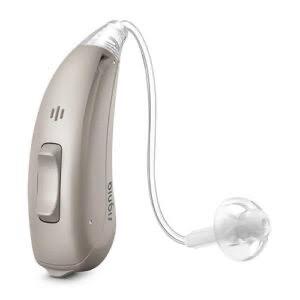
Traveling With Your IIC Hearing Aids
When traveling with your IIC devices, take these precautions to ensure they remain in optimal condition:
- Pack extra batteries, wax filters, and cleaning tools in your carry-on luggage
- Bring your dehumidifier, especially when visiting humid climates
- Consider a hard-shell travel case for additional protection
- Maintain your regular cleaning routine despite changes in schedule
- Research hearing care professionals at your destination for emergency assistance
With proper planning, your IIC hearing aids can provide uninterrupted service throughout your travels, allowing you to fully enjoy your experiences without worrying about hearing challenges.
Conclusion:
While IIC hearing aids require conscientious care, the benefits they provide—natural sound quality, cosmetic discretion, and improved communication—make the maintenance effort worthwhile. By establishing consistent cleaning habits, managing moisture effectively, understanding your specific wax protection system, and scheduling regular professional care, you can significantly extend the lifespan of your devices and ensure optimal performance.
Lorem ipsum dolor sit amet, consectetur adipiscing elit. Ut elit tellus, luctus nec ullamcorper mattis, pulvinar dapibus leo.
